Low-profile tires are used mostly on sports cars to improve a vehicle’s handling, performance, and looks. A larger contact patch area provides better grip on dry paved roads, and with larger rims and brakes, the car also stops faster. However, the ride is rather rough, because tires absorb less shock from bumps. Such tires are a trend, so you may also see them on both high-class and mid-class vehicles.
What Can Be Considered Low-Profile Tires?
Low-profile tires are those with relatively low aspect ratios (profiles) – 55% and less. The information is at the beginning of the main tire code, after the tire width. You will see numbers like 225/55, where the two digits after the slash character are the aspect ratio. It shows the relation of the tire height to its width in percent, so on a 225/55, the height will be 55% from 225 mm – about 124 mm.
 Image source: tirebuyer.com
Image source: tirebuyer.com
Features of Low-Profile Tires
Such tires have a number of advantages and disadvantages.
Pros
- Improved performance (grip, cornering, braking, etc.)
- Additional ‘run-flat’ technologies.
- More fuel efficiency.
- Better looks.
Improved Performance
A wider contact patch area and stiffer sidewalls provide better performance and handling. Its effects are better lateral and cornering forces resistance. The effect is most noticeable at high speeds, where a sharp reaction is one of the top priorities. That’s why these tires usually have higher speed ratings. The tires perform the best if combined with an adapted suspension system and larger rims.
The improvements include the following:
- Grip.
Low-profile tires have larger tread blocks that improve tires traction on dry smooth surfaces, which, consequentially, improves steering. Directional tires will also provide good grip in rainy weather. - Cornering.
Stiff short sidewalls flex less, sharpening the wheel response and making cornering on smooth roads faster and more efficient. - Braking.
Such tires often require larger rims, which also opens a possibility of installing larger braking elements. This may reduce braking distance dramatically, which is very important at high speeds.
Improved ‘Run-Flat’ Technologies
The run-flat technology allows a driver to ride safely even when the tires deflate fully. As there is less air in low-profile tires initially, it’s easier to implement and improve such technologies. For the tire to keep rolling safely without air, its shoulders and sidewalls have to be reinforced. Thus, the tire won’t break down for at least 50 miles, which will allow the driver to reach a tire shop.
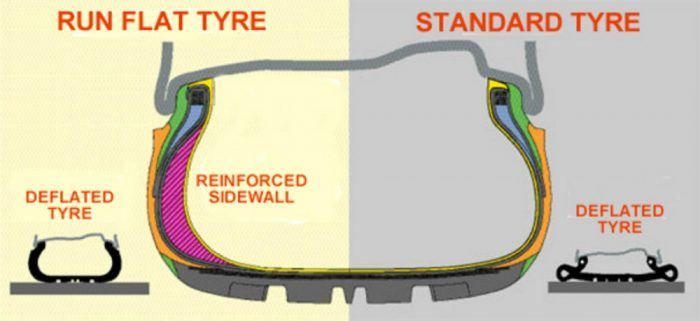 Image source: notey.com
Image source: notey.com
Not all low-profile tires have run-flat technology, but this feature is significant for this type.
Pros of run-flat tires:
- You can drive safely on a flat tire to the nearest repair shop.
- You get more stability in case of a blowout.
- The vehicle weight may decrease if you remove a spare tire from your vehicle (if any). Run-flat tires usually remove the need for spares.
Cons of run-flat tires:
- Such tires wear faster due to softer compounds that aid harsh ride.
- It’s difficult to tell whether pressure is too low, so it’s crucial to install a tire pressure monitoring system (TPMS).
- The ride may still be harsh due to the reinforcements.
- They are often more expensive and their range is still limited.
More Fuel Efficiency
Low-profile tires have lower rolling resistance due to shorter stiffer sidewalls and simplified tread design. The lower rolling resistance, the better fuel economy. The tires take about 15-20% of fuel consumption at low, and up to 35% at higher speeds. So, going for a low-profile set and larger alloy rims can actually save money.
Tires and wheels you install may have a great impact on fuel economy. Complex tire tread design may take up to 70% of rolling resistance. So, all-terrain tires will consume more fuel due to their grooved tread designeven than used performance tires. There is a question of the purpose of your vehicle, of course. But if you drive on the streets and highways, lowering the tires’ profile may be an advantage.
Better Looks
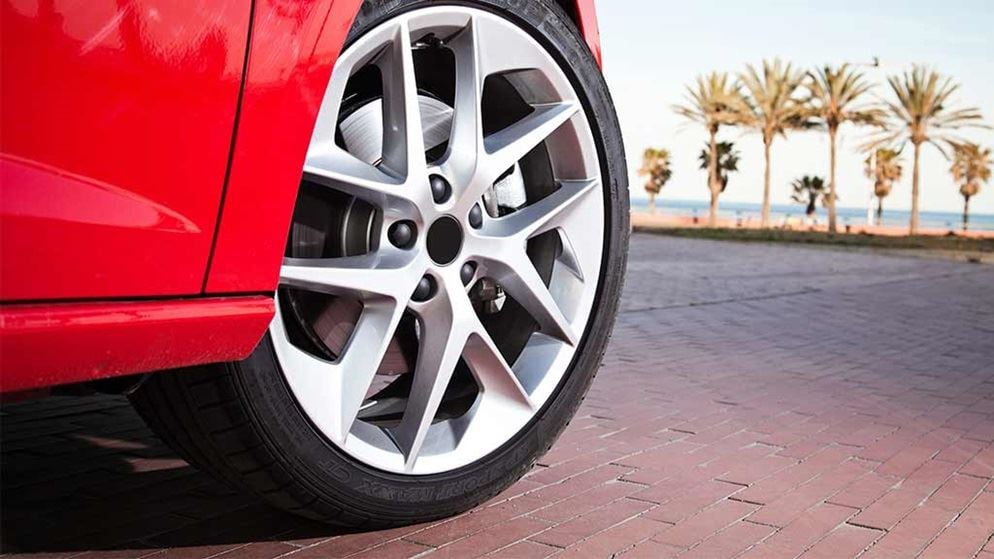
The ‘more rims, less rubber’ trend has been prospering for a couple decades. At first, installing larger rims and tires with low profiles was an enthusiastic tuner’s passion. However, nowadays, even those with mid-class cars aim for lower aspect ratios. The cars start looking rather sporty, which often equals with “cool” among drivers.
To satisfy the demand, most car manufacturers include low-profile tires on the Original Equipment (OE) list. The variants specifications should be in the owner’s manual. The information will help any driver alter their car’s looks without the drawbacks of incompatibility.
Cons
- Rough ride.
- Damage vulnerability.
- Faster wear (in particular cases).
- Less grip on irregular surfaces.
- More noise.
Rough Ride
Short stiff sidewalls of low-profile tires provide a rather rough ride due to less shock absorption. Sidewalls usually process a large part of the impact from bumps and potholes. However, with low profile there is not much to absorb with, and the spring rate raises up.
The vehicle’s spring rate is the ability to stabilize in harsh road conditions. There are three elements in any car that make up this rate:
- The tires.
- The suspension.
- The seat cushion.
The tire has about 10 times more contribution to the spring rate than the suspension or the seat cushion. So, when you change from a set of the 70 series to a set of the 45 series, you will instantly feel a rougher ride.
If a manufacturer provides a set of low-profile tires as an option for an OE replacement, they may also offer another suspension. It should take more shock absorption on itself, compensating the drawback of going low-profile.
Damage Vulnerability
Some tire and vehicle damages to be concerned about:
- Rapid deflation.
If the tire isn’t run-flat, the deflation process may total the tire and endanger you. Low-profile tires require less air due to their short sidewalls, so there’s less air to lose. - Pincher cut.
This is a damage that occurs when a vehicle hits a pothole and the rim cuts through the sidewall. This usually happens on bad roads at high speeds, with the tires of the 35-30 series. - Wheel damage.
If you hit an obstacle at a high speed, you can damage the wheel as there’s less sidewall to compensate. Besides, low-profiles are usually equipped with aluminum rims that are easier to bend. - Suspension failure.
If you don’t adapt the suspension of your vehicle for new rims and tires, it will take most of the damage. As previously said, low-profiles aren’t good at softening the ride, so suspension overload may become a concern. - Electronic Stability Program (ESP) break down.
When you jump from 15” to 20” tires, the ESP system gets confused due to its particular calibration. If there are fewer rolls per meter, the readings may become inaccurate or the computer may act inadequate.
Tire manufacturers improve the compounds and designs on newer low-profile tires. However, they are still prone to all kinds of damage if under-inflated or carrying excessive loads.
Faster Wear
As any performance or sport tires, low-profiles provide better grip at the cost of faster wear. The reason is that sporty tires have softer compounds in them that improve traction. Such rubber wears out quickly, leaving more elements on the road.
However, tires may wear even faster depending on the vehicle and a particular driving style:
- If you overload your vehicle, the pressure of the rubber on the road will be larger.
- If you drive at high speeds up the elevation, the resistance will be larger.
- If you corner too hard at high speeds, the rubber will wear faster.
- If you brake without prior speed lowering, the tires will have to push harder to stop.
In theory, low-profile tires should last as much as any other tire according to its size, load index, and speed rate. Manufacturers achieve this by reinforcing the tread and the bead of their designs. Lean more on tire life and how often you should expect to buy a new set in this post.
Less Grip on Irregular Surfaces
Low-profile tires have stiff tread, which means less contact patch area on uneven surfaces. So, such tires are only for on-road use, and off-road they will be useless. Besides, rocky bumpy roads need more sidewall flexibility, which these tires lack.
Talking about snow and ice grip, most low-profiles are also useless due to the lack of special compounds and tread depth. Winter tires bite into snow with their specially designed grooves and grips, which most sporty tires can’t do.
Wet roads may be not much of a problem if your tires have directional tread pattern. However, if there is no such feature, the tires will hydroplane as you increase speed.
More Noise
Low-profile tires are often noisier than regular due to the wider contact patch area. The more the width is, the more grooves it has, and the more air goes through them. Also, low-profiles are usually reinforced for known reasons, which also makes them noisier.
The main sound you hear from your tires is actually the air going through the tread pattern. The secondary contributor is the road you drive on. So, to know the real sound of your tires, try driving on fresh asphalt or concrete. Tread vibration and tire pressure are also important contributors to the noise.
Tire manufacturers aim at creating the non-irritating “white” noise in several ways:
- Putting asymmetric tread patterns of different sizes, so the air sounds different in each part.
- Avoiding closed spaces within its tread if the tire is directional.
- Designing the grooves in the way no inlets or outlets don’t overlay the edges of the tread.
- Adding softer compounds to the tire rubber blend.
Should I Go Low-Profile?
Depends on what you want from your tires: smooth ride and more practical use or better performance and cool looks. Low-profile tires have lots of advantages, and they fit those who want to go sportier. You should be ready to upgrade your suspension, install larger rims and breaks, and calculate the right sizes. It’s also important that you may need to buy new tires more often if you want sharp responsiveness and performance.
However, if you aren’t ready to upgrade your car fully to adapt it to the new wheels, stay high-profile. Lowering the tires’ aspect ratio just for the looks may cause problems, messing up your vehicle’s computers. The suspension, seat cushion, etc., won’t operate for long if you don’t adapt them.
TOP-5 Low-Profile Tires Brands
Currently, the best low-profile tire manufacturers are:
- Pirelli.
- Michelin.
- Continental AG.
- Dunlop Tyres.
- Goodyear Tire & Rubber Company.
Pirelli
The best lineup of Pirelli’s low-profile Performance tires is P Zero – a Max Performance Summer type. Their warranty usually doesn’t work for the cracks due to cold temperatures (45°F or 7°C and lower).
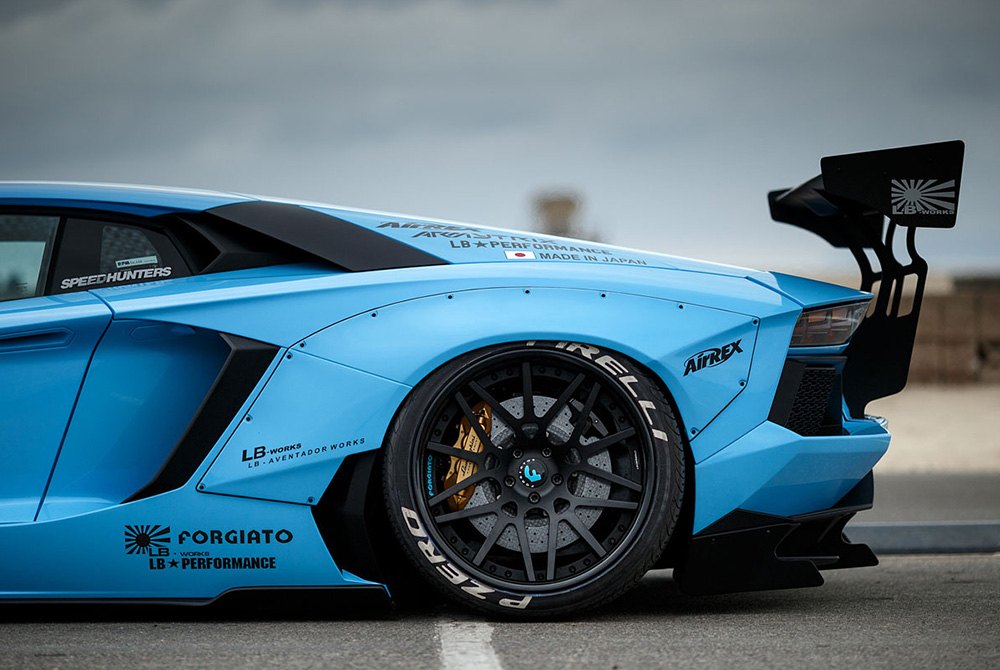
The tires have compounds of carbon black and silica that help them work well even if they are still cold. To combine responsiveness, resistance to hydroplaning, and wet/dry performance, manufacturers included the S-treme asymmetric tread design. Under the tread, there is a special compound that has nano-composites. They slow casing deterioration and add support to the tire for more ride comfort.
Michelin
The most famous lineup of Michelin’s low-profile tires is Pilot Sport. This is also a Max Performance Summer line for those who seek safety and handling at high speeds. Some of the tires also provide improved durability, providing both wonderful grip and long life. As any summer performance tires, Pilot Sport lineup isn’t for rides in wintertime.
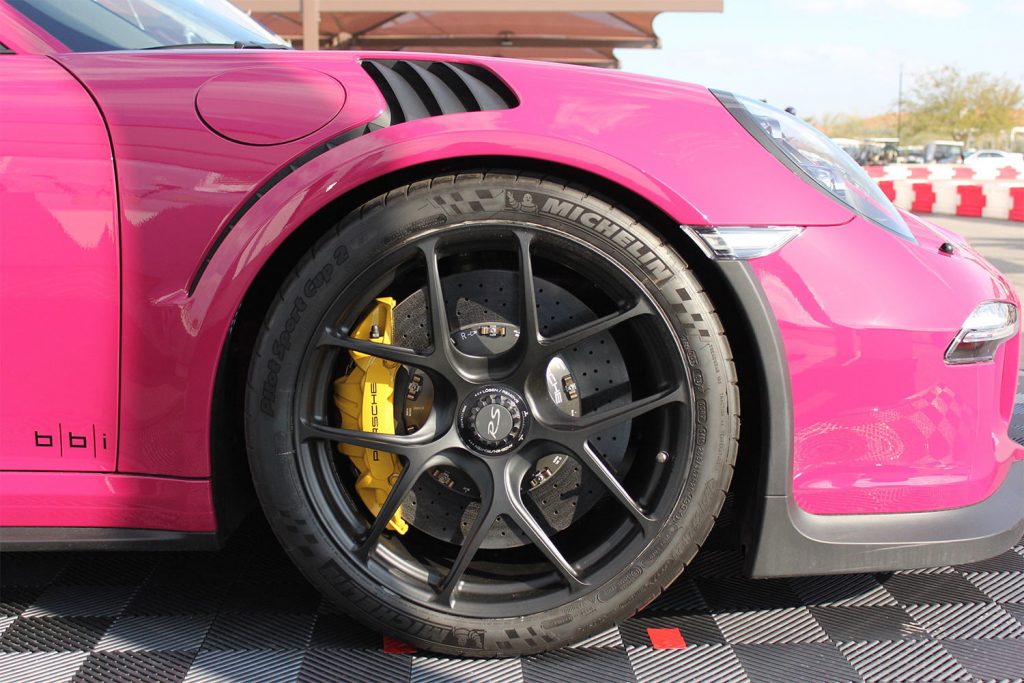
The tires operate well on dry and wet surfaces due to the so-called Bi-Compound rubber. It includes the dry compound that was inspired by Le Mans and the most improved wet compound. The tires are also up to 10% lighter than many models of the same sizes, which aids fuel efficiency.
Continental AG
ContiSportContact is currently the most outstanding low-profile lineup of Continental. The tires design unites better fuel efficiency, precise cornering, reduced braking distance, and good lifespan. These are also summer tires, like most of the sporty low-profiles, so there’s no guarantee of good performance in winter.
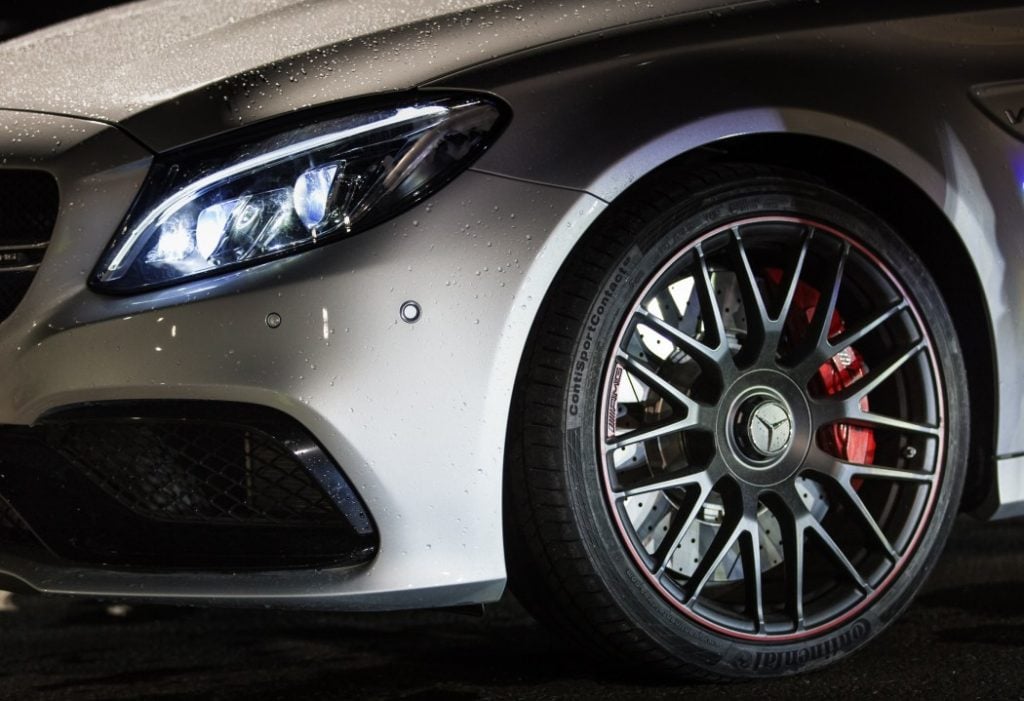
The tires’ tread blocks are asymmetric with the special macro-block outboard shoulder feature, which stabilizes cornering and improves traction. Circumferential grooves help dissipate water, improving wet road performance.
The Black Chilli compound in the rubber has short- and long-chain polymers that help using the heat properly. The first heat up when you push the brakes to reduce braking distance. The second reduce rolling resistance by freeing the energy that the tire absorbs at steady speeds. All these processes improve fuel consumption and keep the tires in better shape as they don’t heat up too much.
Particular sizes of the ContiSportContact lineup also feature the ContiSilent Technology. This is basically a layer of special foam that within the inner liner that absorbs sounds.
Dunlop Tyres
Dunlop’s best low-profile tires lineup option by now is Sport Maxx. The tires perform great on dry surfaces and quite reassuring in rainy weather, but freeze in winter.
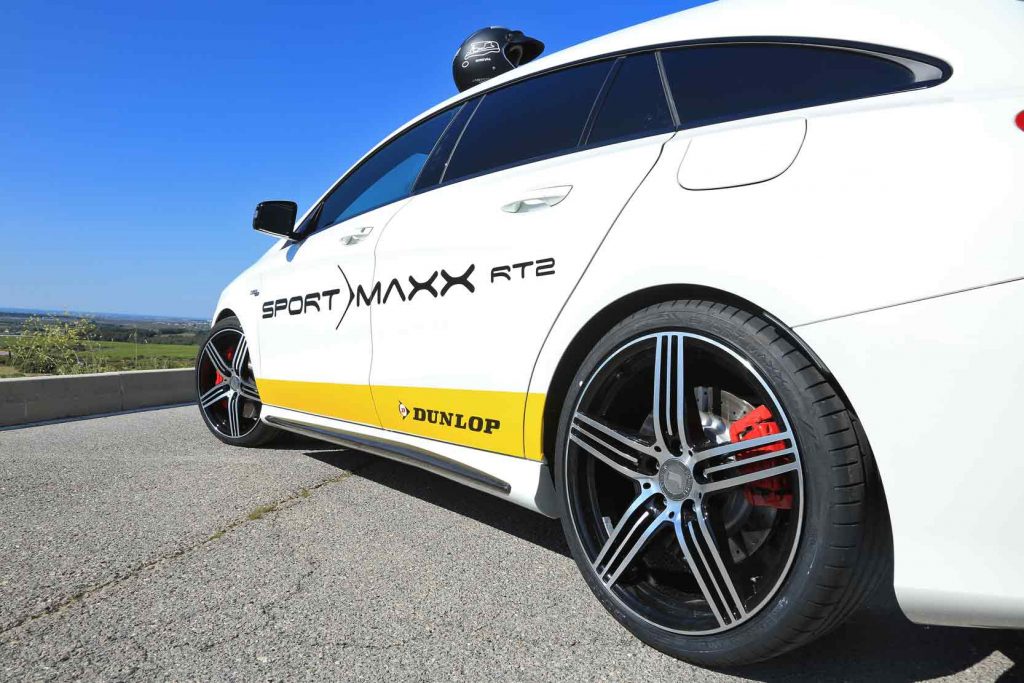
The tires have large shoulders, special Hydro-Paddle ribs for better wet road handling, and a stabilizing center rib. The silica and carbon black blend design aids keeping the most of the tread on the most of the surface. This provides stable grip on different types of roads and various speeds.
The lineup’s internal structure aims at minimizing weight and maximizing durability. Two steel belts have a special reinforcement – the so-called Jointless Band (JLB). This is Dunlop’s technology which is nylon spirally wrapped around the belts. Such a construction reduces the weight of the tire, which means more fuel economy.
Goodyear Tire & Rubber Company
Goodyear have the Eagle Sport All-Season line that includes some amazing sport low-profile tires with W and V speed rates. The items fit sports cars, sedans, coupes, and even light trucks that are performance-oriented. The tires aim at providing grip all year long, including dry and wet roads, as well as light snow.
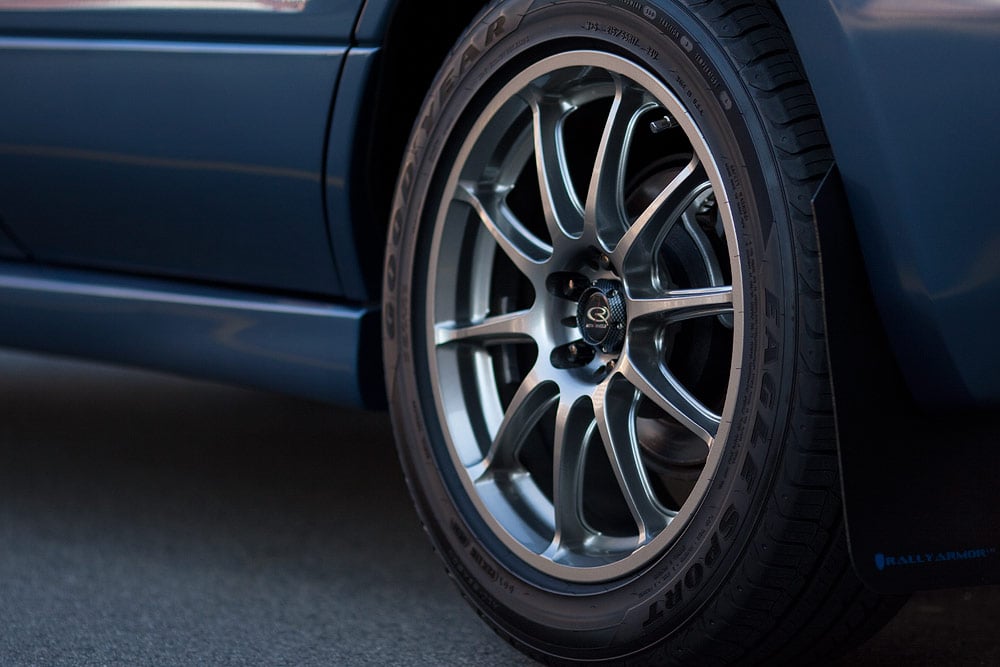
These Goodyear’s tires feature the newest compound that provides all-season traction. The design features large tread blocks with asymmetric grooves that dissipate water and keep the rubber on the ground. It also includes grips that go full-depth and bite into snow, guaranteeing grip even as the tire wears.
Interesting Facts About Low-Profile Tires
- The lowest by now are Kumho’s 385/15 series for luxurious cars like Dodge Viper, Ferrari F430, Corvette Z06, etc. They go along with Nexen 365/15 that the company also showed during SEMA The tires are more for track than for everyday street or highway use.
- In 1920s, almost all tires had 98% aspect ratio, going down to 70% in 1960s/1970s. The 70s became a new era in tire profile diversity, introducing 65-55% tires to the market. Since that time, 65% became more standard, and now 55% turns more and more regular rather than low-profile.
- Tire width also matters in low-profile tires, as 225/50 and 205/55 will have almost the same height (varying by 0.25 mm). Many drivers pay attention only to the aspect ratio, often choosing the wrong size. Some also pay more for a particular profile, while cheaper tires may have the same height.
- Some manufacturers recommend about 0.2 bar higher pressure for the low-profile tires that are OE for a particular vehicle. This isn’t a rule, but more air will handle the load of the car better. However, remember that over-inflation reduced ride comfort, and under-inflation may cause irreparable damages and overheat.
